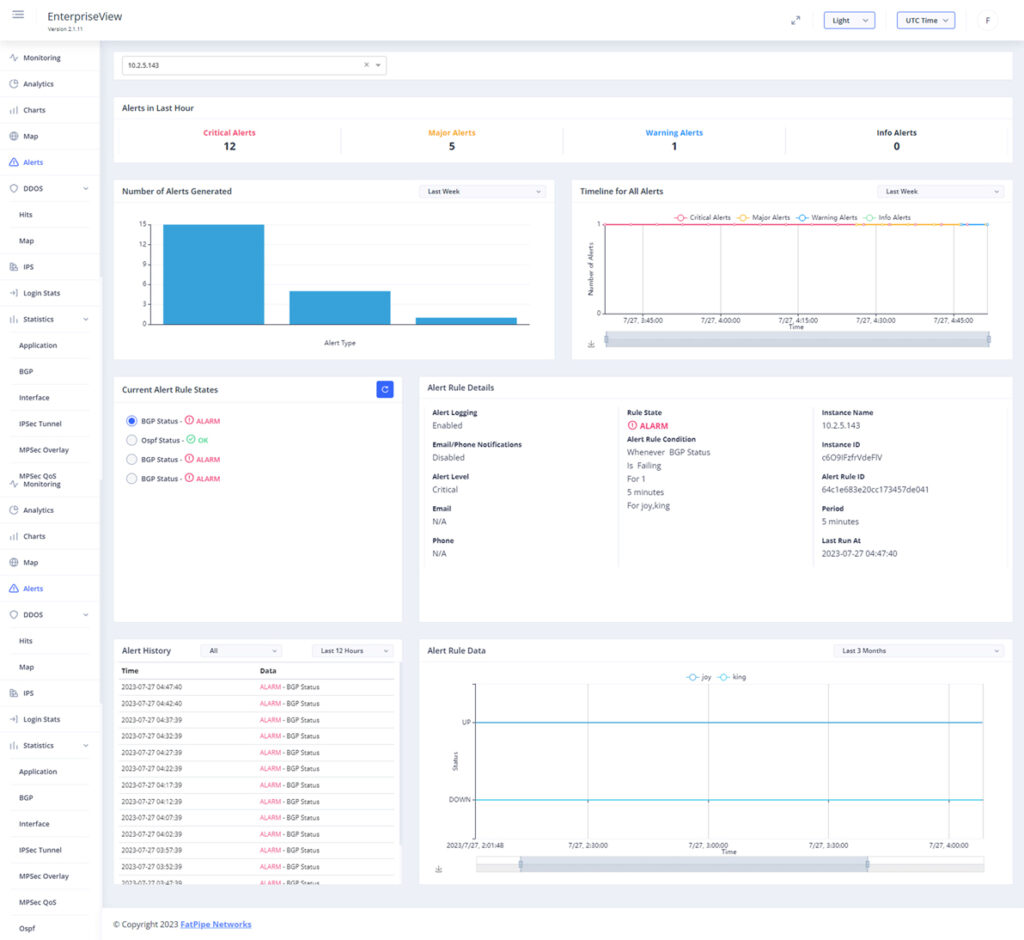Managing Network Complexities: The Essential Role of Alerts in Monitoring
In the ever-evolving landscape of network administration, proactive vigilance is essential. Imagine this scenario: It’s a busy Monday morning, and in your role of a network administrator you are focusing on multiple tasks while ensuring the seamless functioning of your organization’s intricate network infrastructure. Suddenly, your inbox is swamped with alerts, indicating a potential line of issues demanding your immediate attention. As you try to comprehend the urgency of each alert, you realize that distinguishing genuine threats from false positives is a complex task.
This may be a common scenario but needs proactive consideration. The very volume of alerts can easily lead to alert fatigue, making you to overlook major warnings. Alert fatigue happens when the administrator is overwhelmed with a huge number of alerts, many of which may be insignificant or routine in nature. The lack of sufficient visibility into the network’s health makes it challenging to detect and address potential bottlenecks proactively.
Essential Attributes of Well-configured Network Alerts
- Precise issue focus: Well-configured alerts concentrate on critical issues, decreasing the number of false positives and alert noise. Network administrators can save time and resources by focusing on only genuine problems that require immediate action. This optimization enhances the efficiency of the network management team, allowing them to prioritize tasks effectively and resolve issues rapidly.
- Better insights: Granular alerts offer elaborate insights into network performance and security, enabling administrators identify potential issues at an early stage.
- Enhanced security posture: Alert rules encourage administrators to detect security threats and anomalies more accurately. By quickly identifying potential security breaches or unauthorized access attempts, network administrators can better the organization’s cybersecurity posture and safeguard sensitive data from unauthorized access.
- Real-time monitoring: Administrators can monitor the network’s health and respond to major incidents in real-time, regardless of their location.
- Proactive critical alerts: Critical alerts raised whenever a problem emerges and prioritized based on severity are helpful to network administrators as they ensure immediate attention to high-impact issues, letting them proactively respond and resolve major problems before they escalate.
Introducing EnterpriseView Alerts
Experience a refined level of precision in threat detection with EnterpriseView Alerts. Analyze event timelines, detecting patterns and correlations that substantially reduce false positives. Get alerts through email, SMS for proactive monitoring and response. Prioritize critical incidents, and be promptly alerted of genuinely impactful events. Strengthen your network’s security posture with EnterpriseView Alerts.


